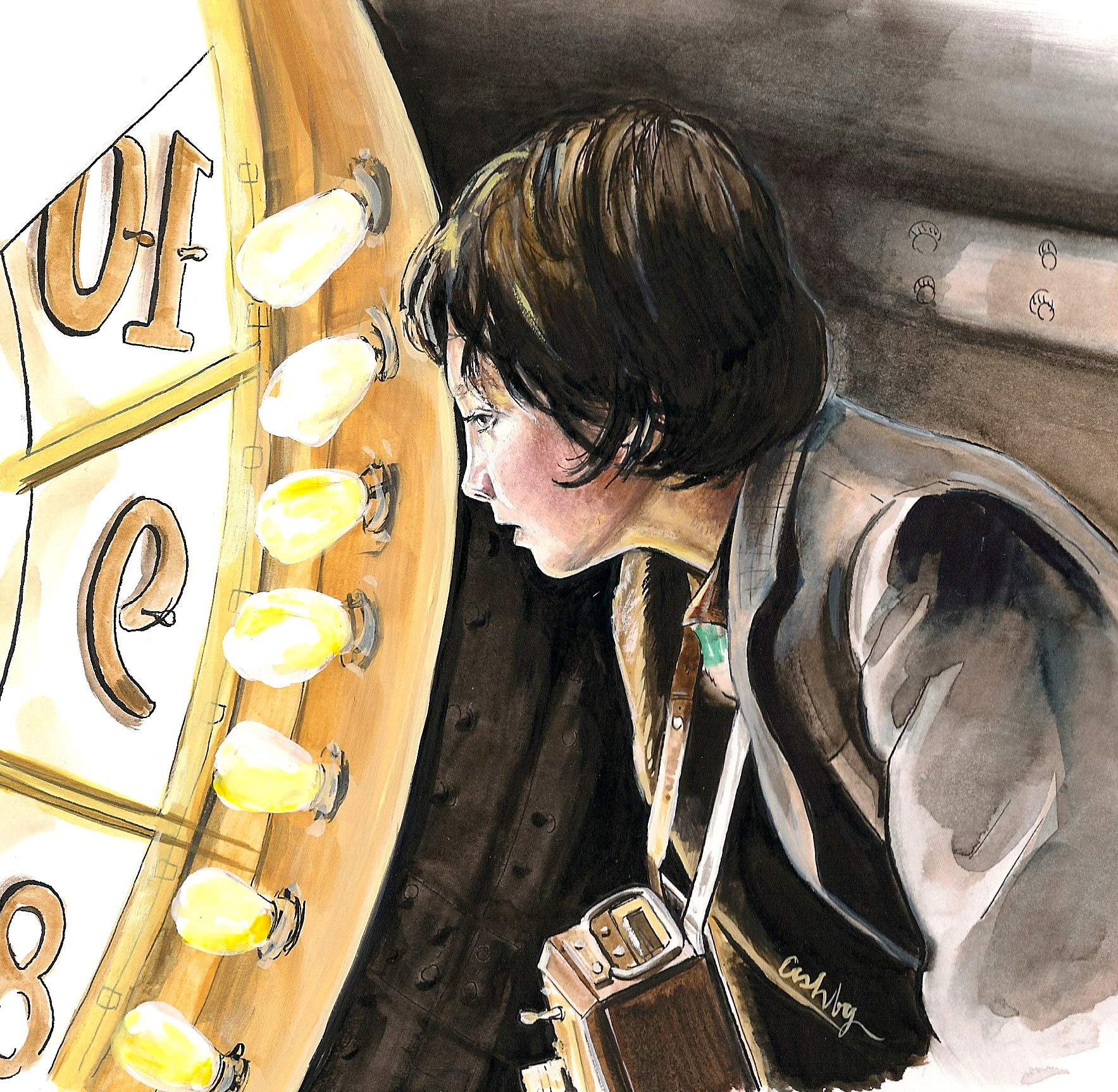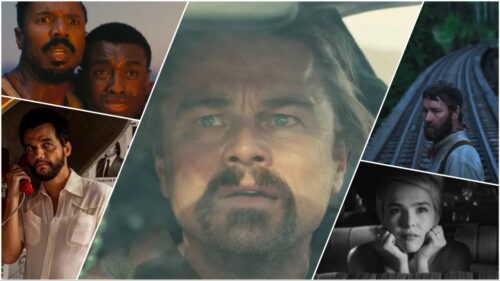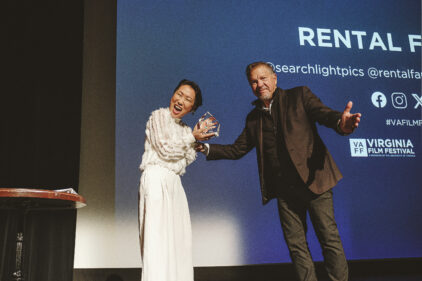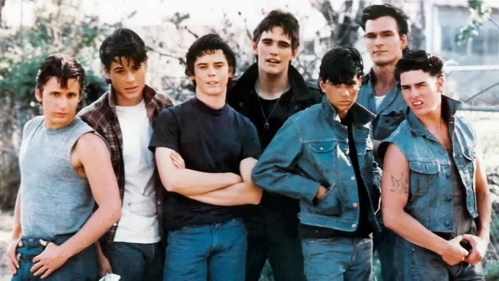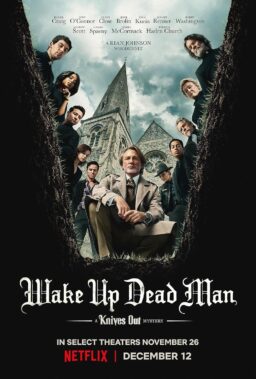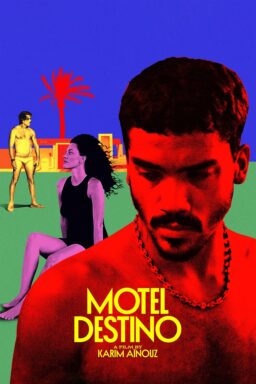The fantastic crew at “Bright Wall/Dark Room” take a look at Martin Scorsese with the May 2015 issue, out today. The writers take a look at “Mean Streets,” “Taxi Driver,” “The Last Waltz,” “After Hours,” “Life Lessons” (Scorsese’s 40 minute portion of the 1989 omnibus film “New York Stories”), “GoodFellas,” “Casino,” “The Wolf of Wall Street,” and, of course,”Hugo,” which is excerpted below. Read more excerpts here and you can buy the magazine on your iPhone and iPad here or sign up for the web-based online version here. The illustration above is by Brianna Ashby.
I can tell you about most any movie that was released
between 1999 and 2000. I know because I saw 92 of them, which isn’t even
counting the repeats – in the summer of 1999, I saw The Matrix three times and The
Mummy twice in theaters.
I wheeled my chair into those movie theatres and, once I was
there, I relaxed. I could enjoy myself. In the darkness, I was just like
everybody else.
In 1999 and 2000, I had a flurry of leg operations. I was
born with an orthopedic disability: my legs are not symmetrical. Everyone has
slight differences in length between their legs, but there are a few of us
graced with Proximal Focal Femoral
Deficiency, or “congenital short femur” ). For me, this asymmetry meant a
multiple-inch length difference between one limb and the other, with a grab bag
of accompanying symptoms. In short, I needed to be fixed.
My parents and teachers were always cautious of my
orthopedic safety. I wasn’t allowed to play most sports. When my third-grade
class went on a field trip to the ice skating rink, I sat on the sidelines with
the parental chaperones and watched. In middle school, the P.E. teacher gave me
the honorary title of “manager” for the seventh grade girls’ basketball team. I
rode along in the van to away games and got to wear the team jersey. At the
games, I’d sit and halfheartedly cheer my active friends. I have no memory of
what I felt about all this at the
time: I just assumed that I didn’t belong on the court. Of course, as an adult,
I am sad for the myriad physical experiences I missed out on as a child. As for
days off and summer vacation, I don’t know what other kids were doing, because
I was at the movies.
For a year and half, a large metal contraption held my leg
together as it was reconstructed and lengthened. The metal frame was heavy and
I was small, so I used a walker or a wheelchair to get around.
My world was not—could not be—expansive. I couldn’t go
anywhere by myself. Local restaurants and cafes often had narrow, tricky
entrances, and the art museum downtown had a painfully slow elevator. But I
soon found that movie theaters are some of the easiest places in the world in
which to navigate in a wheelchair.
And a movie could take me somewhere else for a few hours.
*
In 2007, Brian Selznick published a remarkable book.
The Invention of Hugo
Cabret happily smacks aside genre restrictions and takes up a sizable space
of its own on the bookshelves of any children’s section. Although it’s a novel,
vibrant black and white illustrations move the narrative forward. Selznick
described it as “not exactly a novel, not quite a picture book, not really
a graphic novel, or a flip book or a movie, but a combination of all these
things.”
Flipping through its pages, you get the impression that an
old film has fallen into the pages of the book and that a creaky projector is
throwing images onto a screen in front of you.
A full moon shines
over a city spread out under the stars. We zoom into the train station through
its front doors, we see a boy furtively running through the crowd. We follow
him as he crawls into a grate to sneak through the station walls. He peers down
on the busy station crowd, watching one old man in particular…
The experience of reading The Invention of Hugo Cabret is a special one, especially if you
love movies. Appropriately, the book is about the earliest days of cinema.
Like many characters from our iconic children’s stories, the
book’s protagonist, Hugo, is an orphan. It is 1931. He lives in the walls of
Montparnasse Station in Paris, where he tends the clocks. In his lonely attic
room, Hugo is kept company by an automaton who sits poised at a small table, a
broken robotic man that he once set out to repair with his late father, a
clockmaker. Although his repair work is unfinished, Hugo is convinced that the
mysterious automaton holds a secret message from his departed father and is
dedicated to unlocking its mystery.
Hugo keeps close watch over the mini-universe of
Montparnasse. The station has its own ecosystem: a familiar cast of characters
who work at shops, a cafe, and a toy stall run by an old man, Papa Georges. Our
orphan hero gets by on stolen goods but, in attempt to snatch a little
mechanical mouse from the toy stall, he is caught. His punishment from Papa
Georges is to work in the stall alongside him, repairing toys.
Soon, Hugo befriends Georges’ goddaughter, Isabelle, who
aids him in his quest to repair the automaton. They succeed but, even once they
fix it, the mystery is far from solved. When the gears start working and the
automaton comes to life, it leans forward on the table and draws a precise
image, one familiar to film lovers everywhere: a rocket ship crashing into the
eye of the moon. Hugo is upset that the mechanical man does not have a message
for him from his beloved father, as he was hoping. Instead, by signing the
drawing “Georges Melies,” the automaton
unlocks a new puzzle: the true identity of old Papa Georges.
The children learn that Georges Méliès, the toy stall owner
they’ve known as Papa Georges, was once a famous early-era film director. He
created over 500 films, one of which, the iconic A Trip to the Moon (1902) is captured in the automaton’s drawing.
Through the children’s discovery, Méliès is eventually reconnected to the film
community he’d left decades ago, and finally paid the respect he deserved for
all of his pioneering, visionary cinematic work.
*
In my wheelchair in those dark theaters, I was in excellent
company. As a boy, Martin Scorsese had severe asthma that often kept him
indoors. He’d sit at the window and watch as kids on his street played outside.
And then, like me, he’d go to the movies.
“I was isolated from everything,” He says. “My parents
didn’t know what to do with me. I couldn’t run and play sports… So my parents
took me to the movies… I had a very sheltered life until I was 15 or 16. I
was sad at times but it forced me to think of other ways to express myself. It
made me start to draw and make movies by myself before my parents would come
home from work. I’d have that hour and a half where nobody was in the
apartment. I could draw and do things. I saw certain films. I was also doing
homework. When I read the Hugo book,
and how this boy is isolated in the train station and that was a dangerous
world, too, I was drawn in by it. I was compelled to read the rest of it. It
turned out that the story is resolved through the invention of movies which is
interesting.”
Like Scorsese and me, Hugo is an indoor kid. He spends his
time peering from behind the clocks of the train station, watching the people
go about their lives far below. It takes time for him to find out where he
belongs.
It’s only appropriate, then, that Scorsese was the one to
turn The Invention of Hugo Cabret
into a movie. But when his camera swoops into the train station in the film’s
opening moments, it’s almost hard to detect that we’re watching a Martin Scorsese film. We’re shown an old
world in bright jewel tones and are quickly immersed in all the old tropes of a
classic children’s story. An orphan with tragic parental loss? Check. Bumbling
but sympathetic villain? Check. Spunky gal who likes to read? Check. Where is
all the bloodshed, the violence, the profanity? Where is Leo? Where is De Niro?
With Hugo, Scorsese trades in his
most familiar tools for some time travel, nostalgia, and a history lesson.
When Hugo and Isabelle discover that Papa Georges actually
has a dynamic background in filmmaking, they head for the Film Academy Library
and page through a book of film history. Scorsese takes this time to revel in
cinema’s glorious birth. We experience a montage-reel of clips from Thomas
Edison, the Lumiere brothers, Buster Keaton, and Charlie Chaplin. Hugo also marked Scorsese’s first foray
into 3D cinema, a nod to all the 3D classics he enjoyed as a youth in the 1950s
like Dial M for Murder or Creature from the Black Lagoon.
Here, in this tribute to cinema history, it’s easy to find
Martin Scorsese. After all, in 1990, he
started the Film Foundation and has spent decades
enthusiastically campaigning for cinema preservation. More than half of all films made before 1950 have
been lost, and we see vivid examples of this in Hugo. In fact, a huge catalogue of Méliès’s films were destroyed
during WWI: the celluloid negatives were melted down to create heels for shoes.
We are reminded that movies are cultural artifacts for us, a history worth
preserving and screening for the public. To date, the Film Foundation has
helped to restore over 620 films and made them accessible through programming
at festivals and museums.
Many characters in Hugo
serve as stand-ins for Scorsese. He is the lonely boy looking at the world
through the window. He is film scholar Rene Tabard, who’s passionately loved
cinema since he was a boy. He is Méliès, the master director. And he is the
preservationist who revived the story of Méliès for future generations to
enjoy.
Scorsese makes a cameo in Hugo as the photographer capturing Méliès’s magical glass-walled
studio. In a top hat and spectacles, Scorsese aims the camera at Méliès. Both
men look happy to be there, happy to be part of the magic, and thrilled to be
sharing it with us. “The most enjoyable time was building an approximation of
Georges Méliès’s glass studio,” Scorsese later shared. “We started replicating
scenes from Méliès’ films as best we could. We recreated the underwater set for
“Kingdom of the Fairies.” With Méliès’s films, especially the hand-colored
ones, it’s like illuminated manuscripts come alive. We shot Méliès shooting his
films for five or six days. It was one of the best times I’ve had shooting a
picture.”
At the end of the film, the camera sweeps us through a
window and into an apartment that is bustling with a party. Hugo is still
indoors, but now his new friends, the movie-family he has made for himself,
surround him. And like him, I was never alone at all those movie screenings
fifteen years ago: my father, mother, brother, and best friend were at my side.
Now I walk into
movie theaters, but the dark remains as welcoming as always. I survived several
more operations throughout my teens and early twenties, and saw many more
movies. No matter what was happening in my life, movies were consistently
something I could count on, could interact with or be excited by. And that
enthusiasm holds steady to this day: with each new film I experience, I am
entirely ready to be immersed, to be swept away, to travel somewhere new. Like
Scorsese and the young characters in Hugo,
I was charmed at a young and impressionable age and will be a moviegoer for the
rest of my life.
